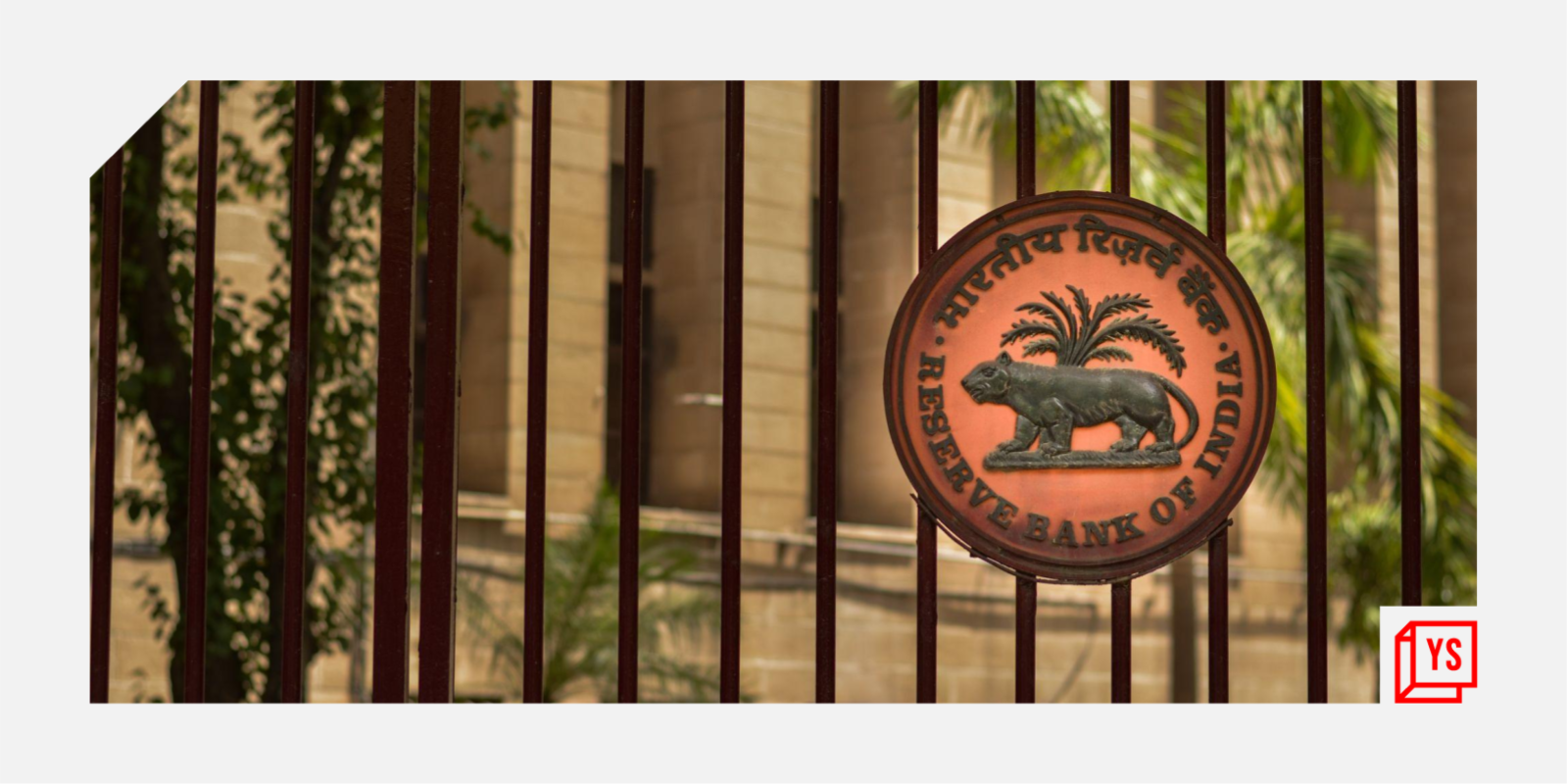How this engineer’s bootstrapped crypto exchange landed 3.2M users, listed 300+ tokens: the Bitbns story
In 2017, Gaurav Dahake launched Bitbns in Bengaluru, but faced a challenging two years amidst the RBI ban on crypto. Believing that crypto cannot be stopped, he kept Bitbns running with a lean team.
Monday November 15, 2021,
4 min Read
Gaurav Dahake’s first brush with cryptocurrency came in 2012 during his final year of engineering at IIT Kharagpur. After attending a lecture on cryptography, Gaurav and his friends became interested in Bitcoin, and tried mining it using a PC they assembled.
But they found it becoming increasingly complex and difficult, so they soon stopped. After graduating, Gaurav went on to launch startups like clean energy venture Cleanovention, push notifications firm InformVisitors, and price comparison portal BuyHatke.
“All this time, I observed traction picking up in cryptocurrency. By 2017, during the bull cycle, I thought I could build something in the crypto space. I noticed Indian users did not have too many options in terms of crypto exchanges, and so I decided to start my own,” he says in an interaction with BlockchainStory.
With this idea in mind, Gaurav launched the bootstrapped crypto exchange in Bengaluru in 2017. Today, the exchange has 3.2 million users and a monthly trading volume of about $1.5 billion.
Bitbns also has 300+ crypto tokens listed, which is more than any other Indian crypto exchange.
A challenging start
Much of Bitbns’ volumes have come over the last 18 months, following the Supreme Court’s March 2020 decision to overturn the RBI ban on banks supporting crypto transactions.
In fact, between 2017 and 2020 - a period referred to as the “crypto winter” in this space - Bitbns struggled in the bear market.
When launching in December 2017, Gaurav aimed to make the most of the then-growing crypto market. But he soon found out it is highly difficult to time the crypto market.
“We were getting some traction from UPI-based deposits, but soon, everything started going downhill. Payment processors stopped supporting crypto. With RBI’s ban in 2018, we saw 95 percent drop in volumes on Bitbns, making it extremely challenging to operate the business,” Gaurav says.
With his family concerned, and asking if Gaurav was building in the right sector, he decided to persevere and keep Bitbns running.
“I believed that ideas cannot be stopped, and crypto was one such idea I felt was unstoppable. We operated with a lean team of only 12 people, and stuck on for over two years. Finally, by March 2020, the RBI ban was lifted,” he explains.
After the lifting of the ban, India saw a surge in crypto trading volumes through 2020 and 2021, and besides Bitbns, the likes of WazirX, CoinDCX, Coinswitch Kuber, and other exchanges began to flourish.

A snapshot of the Bitbns interface
Bitbns’ crypto SIP
Due to the inherent volatility of crypto, Gaurav felt an SIP-like crypto product might work well. This led him to launch a Bitcoin SIP, which he claims was a novel idea not implemented by other exchanges.
“Our goal was to build a platform to help users make money. If a platform achieved this, it would have the maximum stickiness. We figured out Bitcoin SIP returns were higher than other traditional forms of investment, and so we went ahead with it,” he says.
“Some users who had five-to-seven year investment goals for buying a house, etc have seen their goals achieved in just 12-15 months. We also went ahead and added an Ethereum SIP, as Ethereum is also a time-tested and proven blockchain like Bitcoin.”
Gaurav finds it interesting that 60 percent of Bitbns users come from non-metro cities in India. He also says Bitbns’ SIP product has 2.5 times more women users than its trading platform.
“With respect to the non-metro demographic, these numbers show the prudent nature of women in India who have traditionally saved gold. Now, this mindset is translating to crypto through SIPs as it is not trading, but a form of savings,” Gaurav explains.
A promising road ahead
Bitbns is now playing in a swelling global crypto market that has touched a $3 trillion market cap in 2021. In India, despite lack of clear regulations on crypto, the sentiment remains positive as the industry awaits for a policy framework on crypto in early 2022.
Through the likes of Internet and Mobile Association of India (IAMAI) and Blockchain and Crypto Assets Council (BACC), Bitbns and other Indian crypto exchanges have been pitching for positive regulations backed by a set of self-regulatory practices.
“The Indian crypto exchange industry has been largely self-regulated and everyone is clear they don’t want their platforms used for incorrect or undesirable activities. On Bitbns, we have several measures for risk reduction, anti-money laundering, identifying and reporting suspicious activity, working closely with cybercrime enforcement, etc,” Gaurav says.
As crypto transactions are irreversible (since they are recorded on immutable blockchains), Gaurav explains safety measures are non-negotiable.
“You cannot afford to try and fail fast in crypto. Since all these safety measures are in place and exchanges are compliant, we hope the regulators can see it makes sense to regulate crypto,” he says.
Edited by Teja Lele





